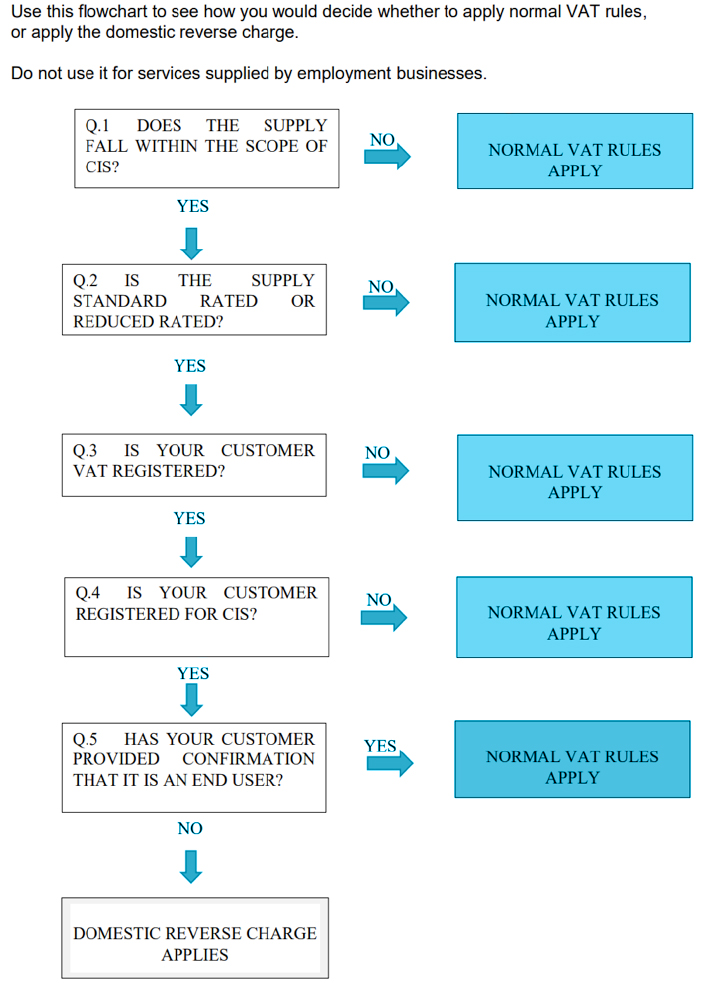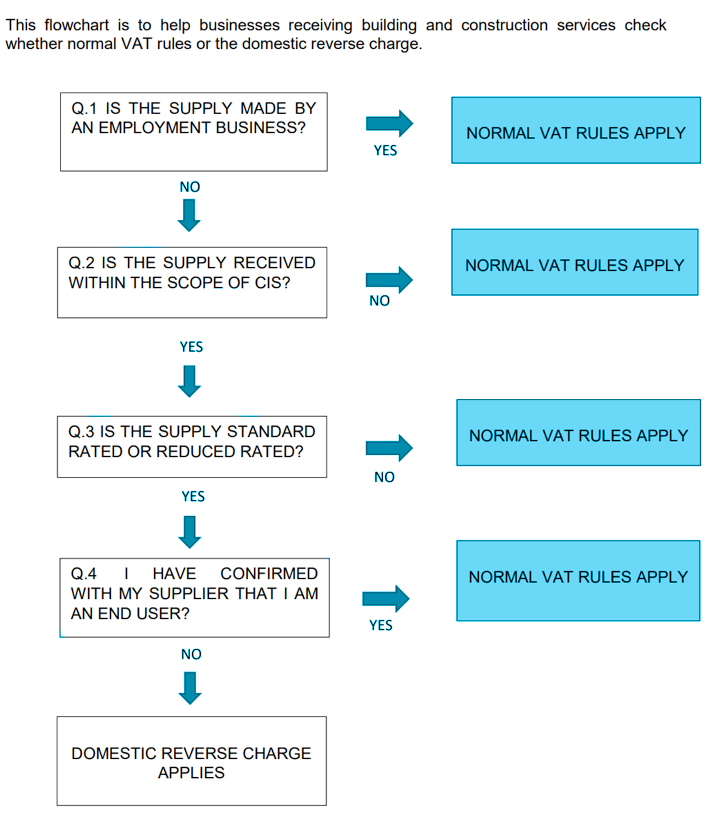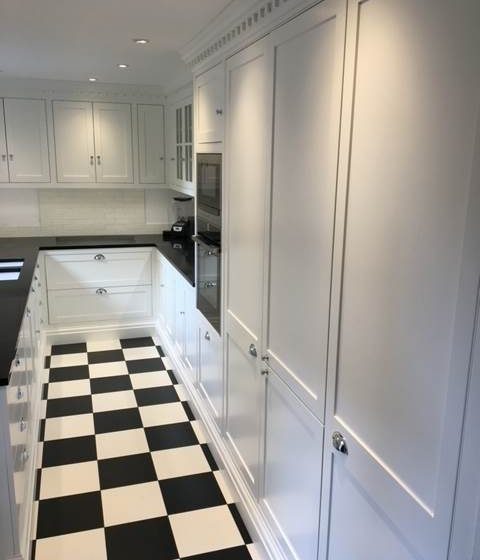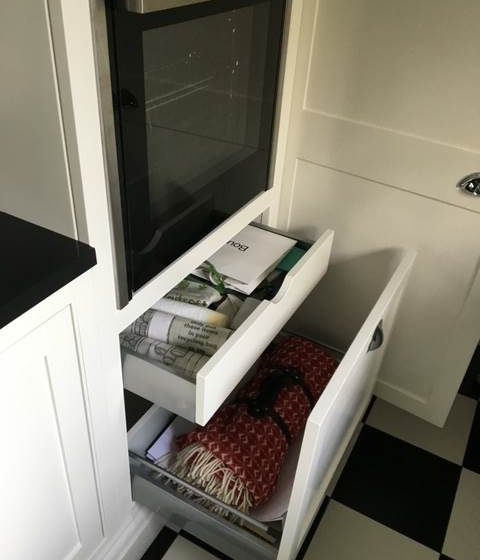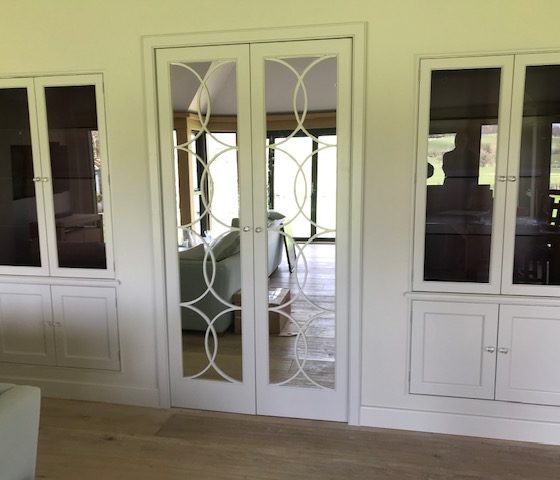Don’t create your business horror story
This podcast episode was inspired by my first ever conversation with Alan Clark. I started Cypher by buying another business. The payments were split, some upfront, some due 12 months’ hence; a pretty standard practice. But I spent that first 12 months fixated, I was worried and anxious that I simply wouldn’t be able to make the second payment. My thoughts were that defaulting on this payment would lead to me losing the business, losing the business would mean losing the house and probably my wife to boot.
I had created this vision for something that might happen in the future, which was a complete horror story for my business and my life. Enter Alan, who provided another perspective, grounded in fact and logic. I chose his route and I am pleased to say that my personal horror story didn’t end the way it could have in my head.
As a business owner, whether you are running a new start up or a business that has been around for generations, sadly you can, quite easily, become the director, producer, scriptwriter and actor of our own horror story.
Talking to Alan, Scary movie land is a land of perception, a self-created perception that has a massive impact on how we feel, how we act, what decisions we make and ultimately how we perform. Part of this self-creation stems from the context we create and the language and words we use to describe a situation we find ourselves in. I was describing my situation as one where I wasn’t going to have enough money to pay back what I owed. It was catastrophic; it was the end of the world. In that context I was seeing myself as a failure, it was muddying my emotions, it was slowing me down and I was becoming limited.
To break the funk I was in, Alan encouraged me to talk about the service I wanted to give, my purpose for creating Cypher, the offer I was making to the world and how I wanted to inspire people through what I thought was possible from an accountant. It was a powerful moment. It helped me to reconnect with my passion and reminded me why I created Cypher in the first place. Of course, I had to keep a level of clarity on what needed to happen to pay the money back, but logic and the business financials showed me the likely end of the movie. Spoiler alert…we are still going strong.
One way to explain my self-perception is that the mind is a powerful thing that is designed to protect you. It is hard wired to make you pull back every time you get too close to the edge. It throws up all the possible negative outcomes to ultimately keep you safe in the status quo. But once you see passed that, see what’s likely, what’s possible even, then the weight off your shoulders is significant.
To help get a different perspective, Alan describes four domains through which one can view any situation. They are Logical, Emotional, Spiritual and Structural. Needless to say the more balance we can achieve, the more developed we are in each of these domains, the better our decision-making and the better our performance as we let go of the baggage that is dragging us down.
I was stuck in the emotional domain, which was draining my energy and limiting my performance, Alan, urged logic – and financials – to frame my context in a better way. A more accurate way in fact. He also reconnected me with my purpose through the spiritual domain and because of the structures we had already put in place at Cypher, we had created the ability to thrive.
To prevent your business’s movie from having a horrible ending and add a different perspective to your context, both Alan and I recommend creating partnerships with other professionals. To keep the movie metaphor going, they can become your supporting cast and crew. This could be a business coach, a marketing consultant or an accountant who can each give you access to new expertise, a new perspective that can help guide you.
Secondly, try to connect with your emotion, be clear what is it you are feeling, own it and be prepared for an honest answer. You might be too scared to look in the metaphorical basement because there may be a scary monster in there and you don’t want to confront it. Stay true to the intent you had at the start of getting better at whatever you do and suddenly you will access more useful insight and do less ruminating. Alan always recommends using your emotion to help you.
A trick Alan shares on the podcast is that if you use language like ‘I worry that’…for example; ‘I worry that I won’t sell enough’ or ‘I worry that my clients aren’t happy’, guess what, you are rewarded with a lot of worry. Instead, change your language to ‘I wonder how….’ So, for example; ‘I wonder how I can deliver a better service’, ‘I wonder how I can compete with bigger businesses and win more profitable clients’, then you will be rewarded with a more creative mindset, you will feed your purpose, which is liberating.
Another example of this change in mindset is giving bad news. Sometimes you have to have difficult conversations or give a client bad news. It is unavoidable. In my experience those conversations are never ever as bad as you think they will be. You build them up to be another brutal scene from your horror movie, when in reality they aren’t. As business owners, we have to be comfortable with the fact that not every interaction will go perfectly, not everything will be optimal every time. The important thing is recognising that generally it isn’t as bad as we think it will be and then doing something about it. Don’t fixate on the ‘what ifs’, think, ‘what else’.
Alan says we have around 6000 conscious thoughts a day (Google it). Not all of them are spent in the present. A percentage of these will reminisce in the past, while others will transport us to the future we have created- good or bad. If we accept this and come up with an accurate way to explain the situation, past, present or future while remaining true to our intent then it will change our context, change our perception of ourselves. it will change you into more joyous passionate emotions your axe bolder and your create better things for both yourself your business and your clients. Remember we create our own experience.
So much anxiety for business owners stems from a desire to make everything perfect; every client interaction, every piece of work. In reality that will never happen and often you don’t have to be the best in the world at what you do, but you need to be good enough. We have around 200 clients in our business and if three had an issue, this would have kept me up at night. In reality if I speak to them directly two may not see their issues as that big, the other may have a genuine concern, but the important thing is that by addressing it, understanding it, we will do something about it thus preventing the catastrophe we have predicted.
In summary, we called the podcast ‘Don’t create your own business horror story’. This title was based on the premise that perception and context are all self-created. How we describe a situation to ourselves is often how it will turn out. Identify the emotions you are experiencing about a context and try to view it through a new lens, ideally with the help of someone else. Getting clarity about the context and the situation can move you away from negative thoughts and lead to higher performance. Open the basement door, take a torch with you and confront the monster. It is unlikely to be as big or as scary as you think.
There is a large waiver that accompanies this blog. If you do find yourself in a rickety old house, isolated on the moors and you hear a banging under the floorboards, don’t go down there. In this context horror movie rules do still apply!
New editions of the Mind Your Business Podcast appear every Friday. Subscribe on Apple Podcasts, Spotify, Google Podcasts or your choice of Pod provider to have it delivered straight to your device.)


